



I





I

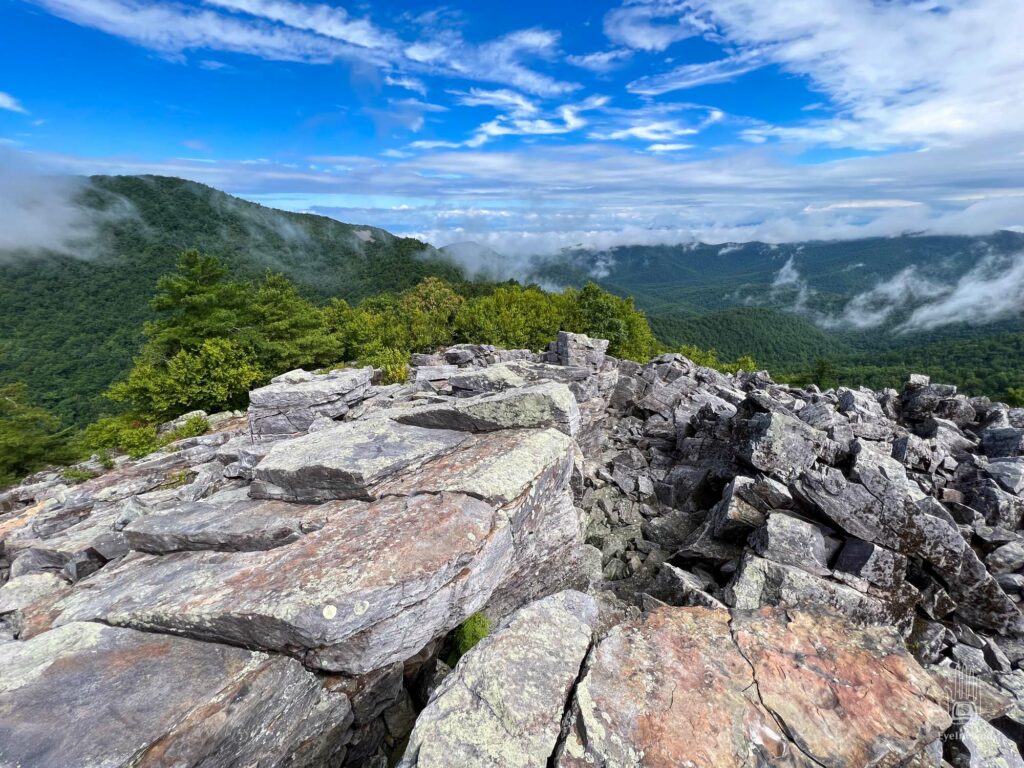
Back in college, I often drove out to the Blue Ridge to clear my head. A couple of hours on the Parkway or Skyline Drive did wonders to reset whatever was muddling my thoughts. My buddy, sometime roommate, often did the same. He was up from Guatemala for a while this summer, and we converged out in Shenandoah for a reset. He drove down with extended family from DC.
We met at Big Meadows for lunch, but before that I took a short solo hike to Black Rock Summit. We had a good two days of heavy rain after a week of sweltering heat here in Virginia, but the storm cleared out at dawn. Cleared out the air as well as my head.
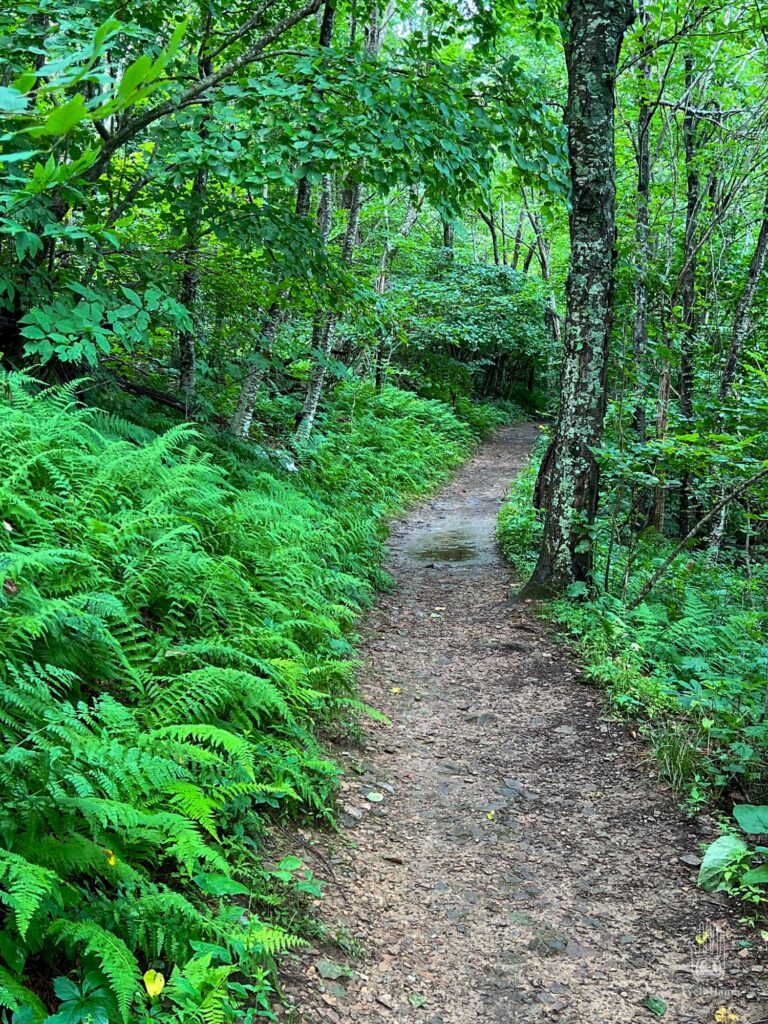
The Appalachian Trail passes through here, paralleling the ridge. It’s easy to hop on the trail for short legs. This section passes over the summit, through a rubble field of shattered rock outcroppings. In some places, threading between fractured walls of granite, smooth faces like Inca stonework.
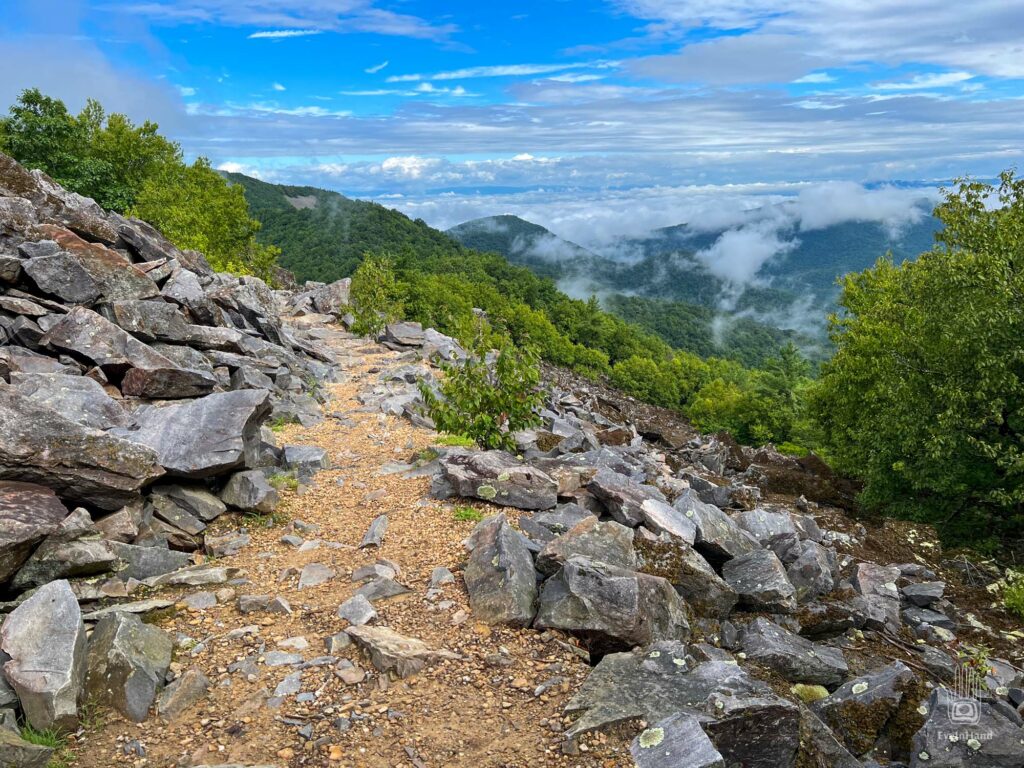

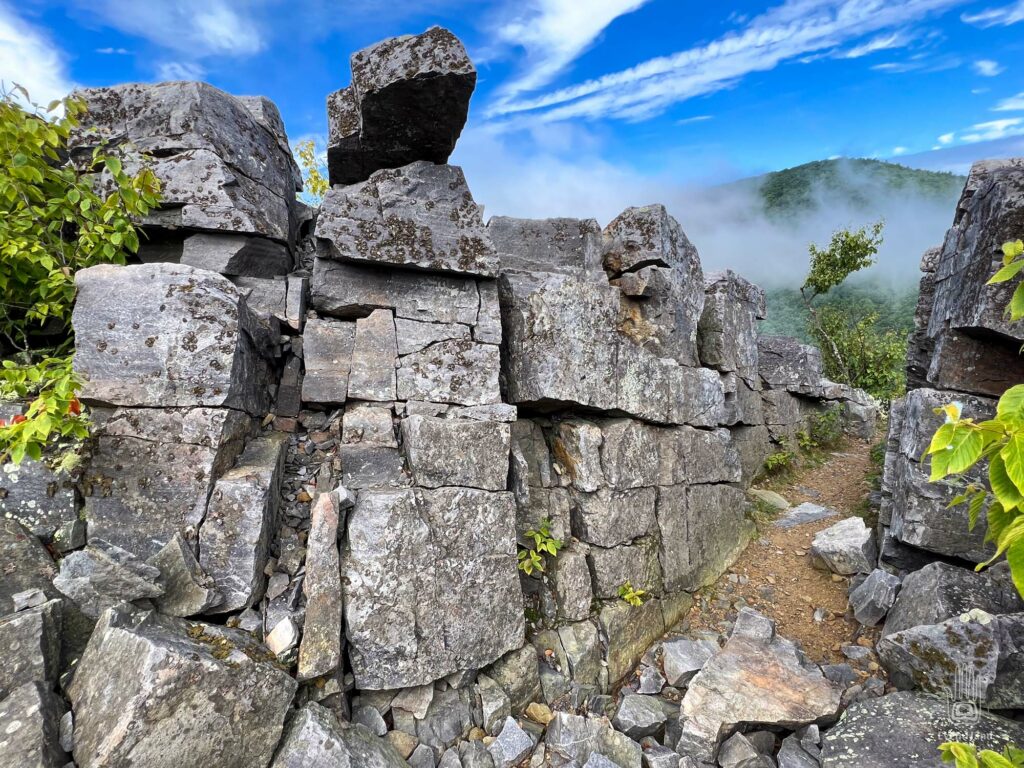
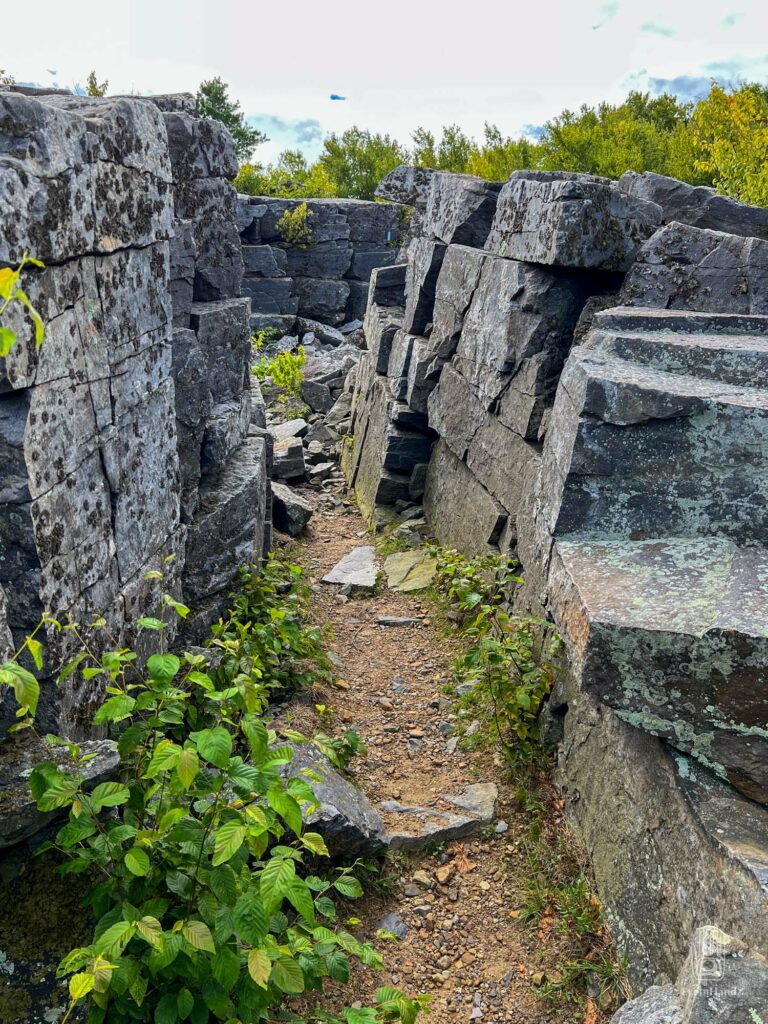
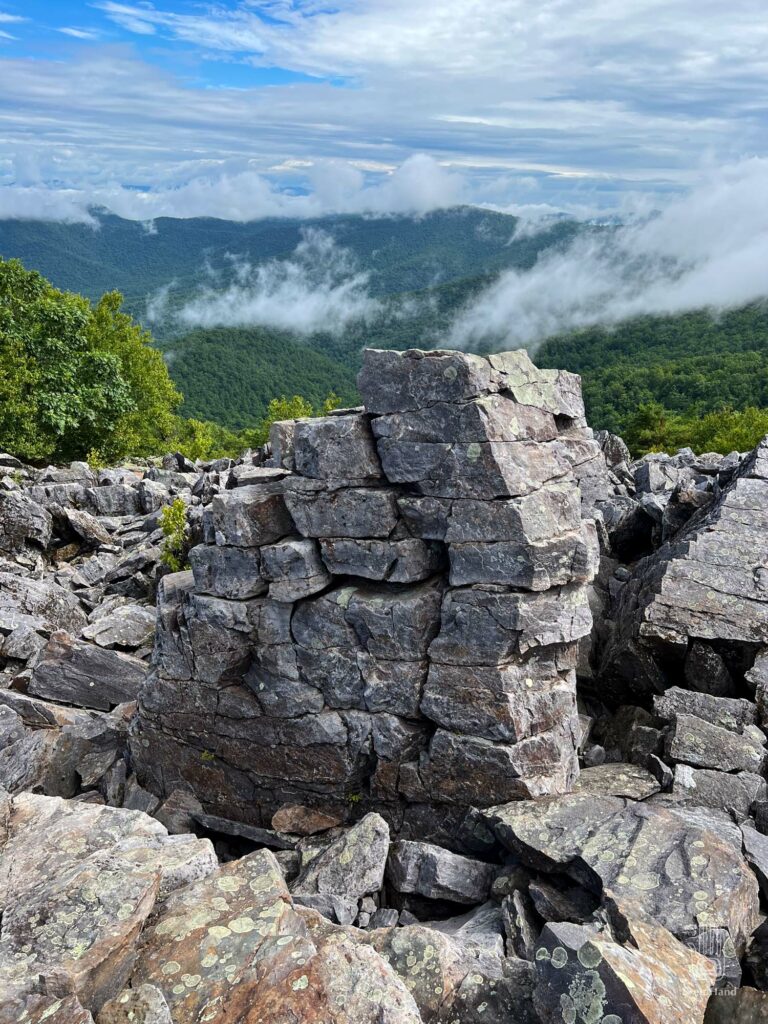
Scrambling up the blocks of stone, from the top there’s a 360 degree view. Tatters of clouds drift up the hillsides and tumble over saddles into valleys, tangle in the trees and hollers.

The lichen are vivid from the rain, and moss revives in cracks and crevices.

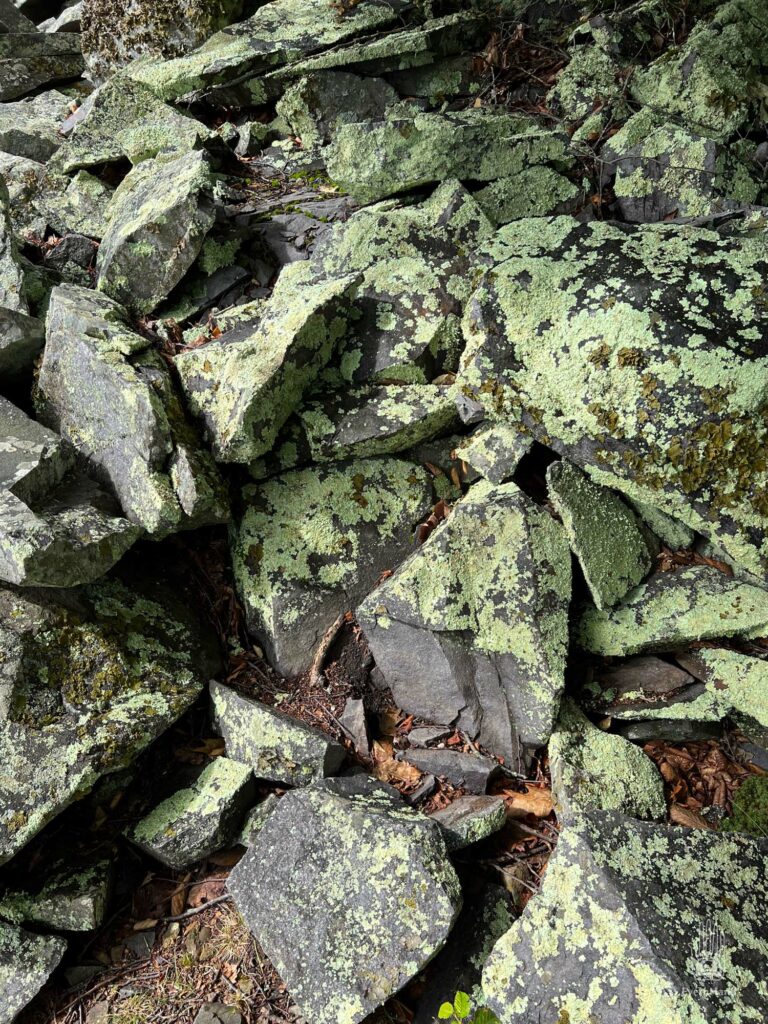
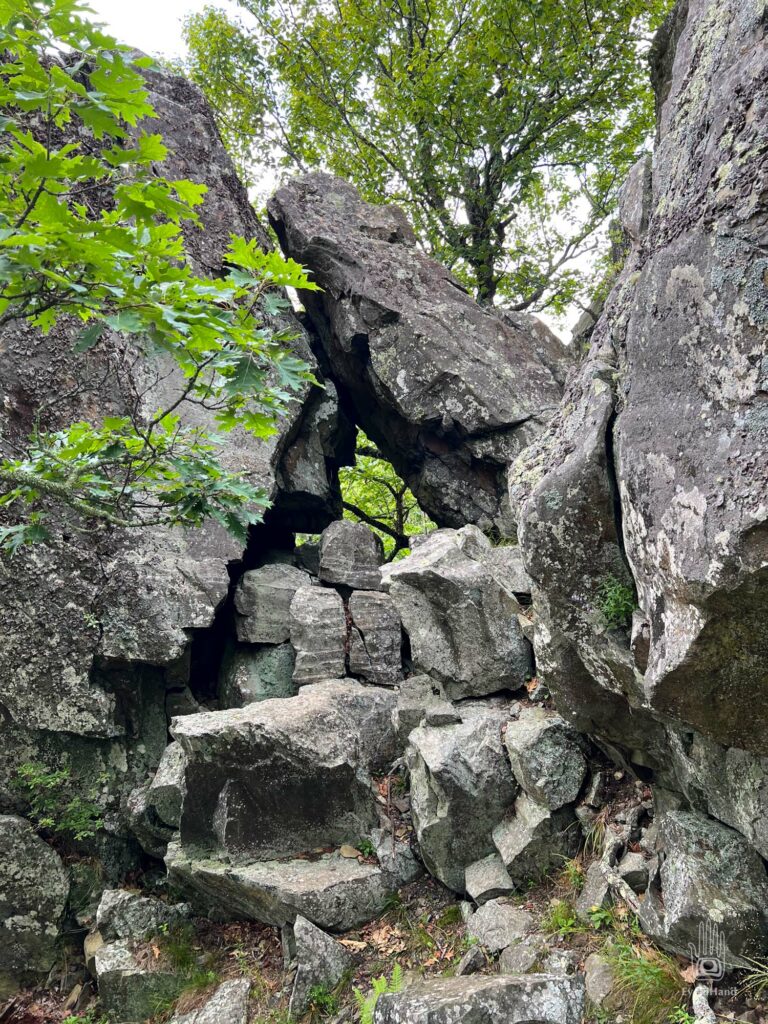

Vera England can tell you the entire official name. She told me four times and I still can’t repeat the whole thing. But whatever you call it, it’s a terrific time at an undisclosed location somewhere on the Piankatank River in Gloucester County, Virginia. Beautiful boats, good people, and great food.
I missed the annual Chesapeake Float on the Eastern Shore again this year. Also on the Old Bay Club overnight event. Both took place earlier this week, but I just wasn’t ready yet. Smart call, as both groups had a challenging gusty wind in the small craft warning range.
After five years on hiatus, it took me most of a day just to pack and load; a task that gets easier each time. We were happy just to hit the road early Friday and arrive mid-day. Very happy.
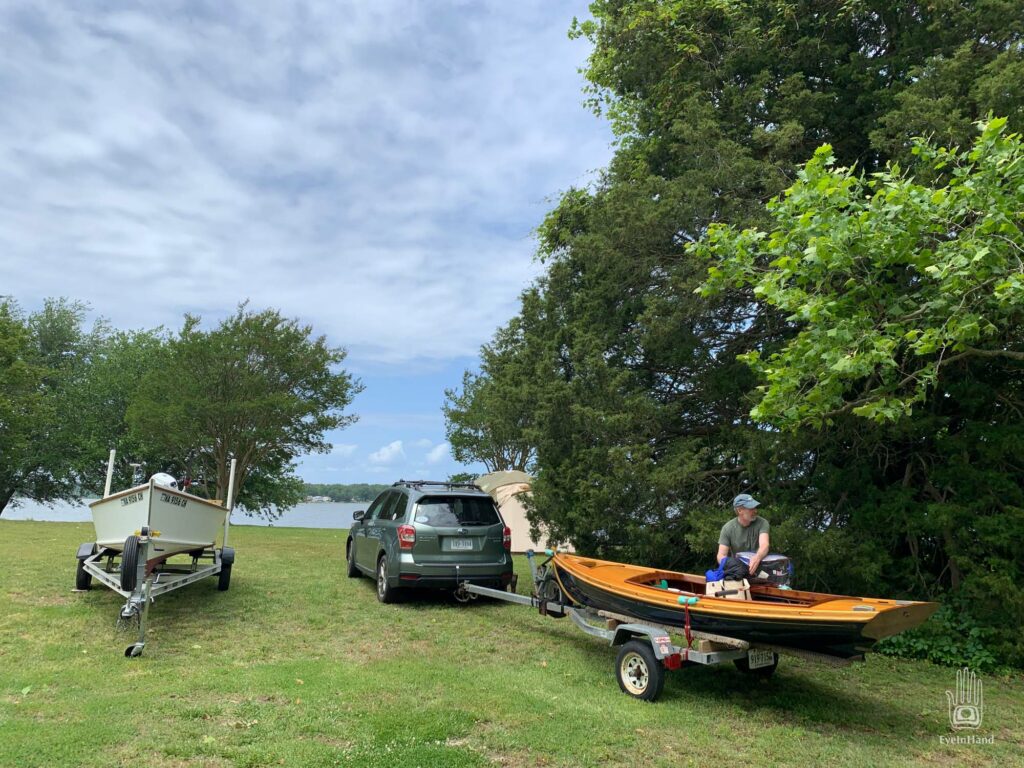
Like the Chesapeake Float, this event has been held almost without fail for over 30 years. In this case, Vera and John have organized it with friends and family for over 40. Last time I was here the camping area was full and the beach and docks were packed with boats. But time creeps onward. Some folks have aged out or moved away; those who were kids only a few years ago now have busy families of their own. I warned T there could be a big crowd, but we were the only people on site until Friday evening. We had our choice of campsites, and pitched the new tent in a gusty wind. Was like trying to wrestle and stake down a hot air balloon.
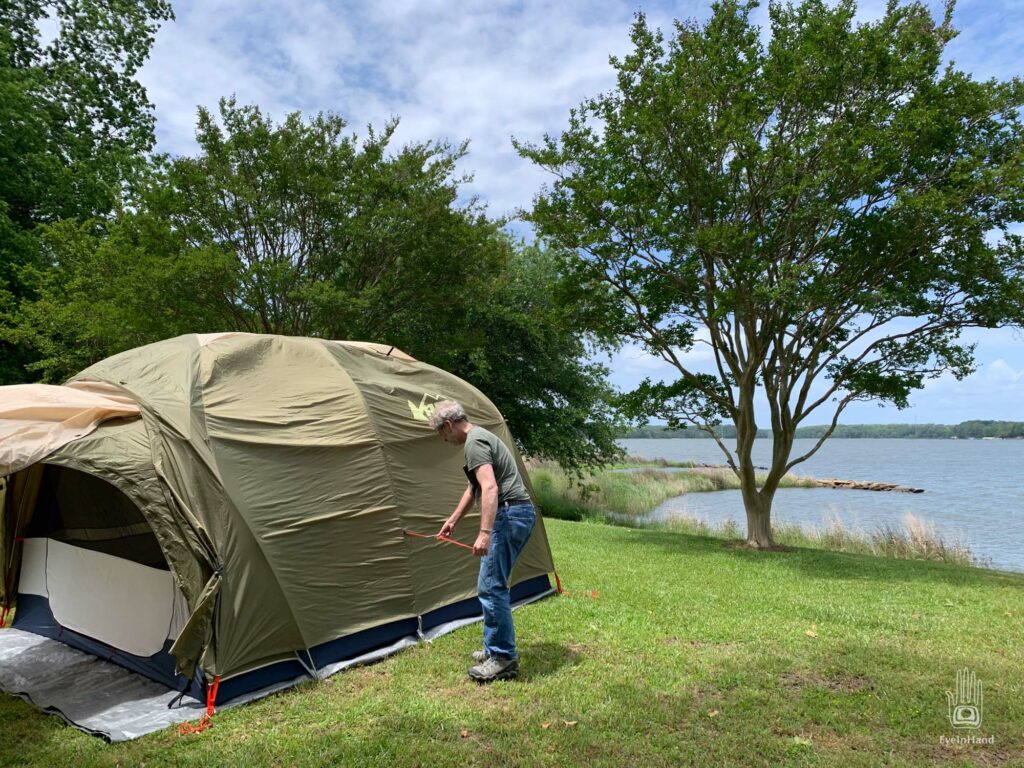
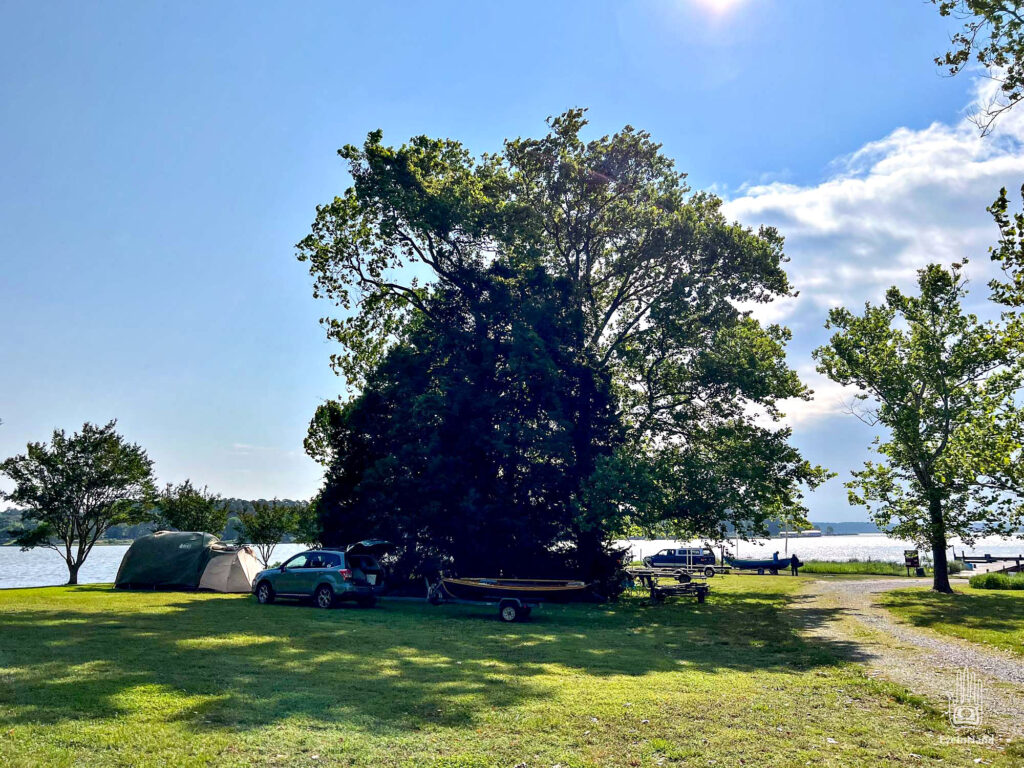
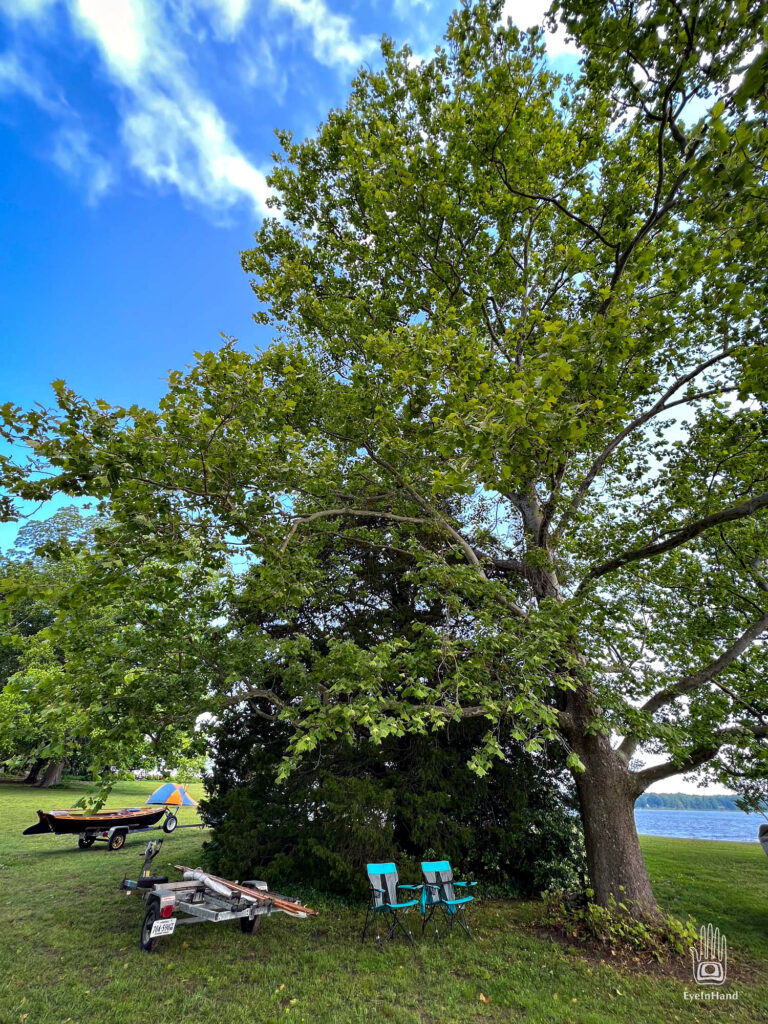
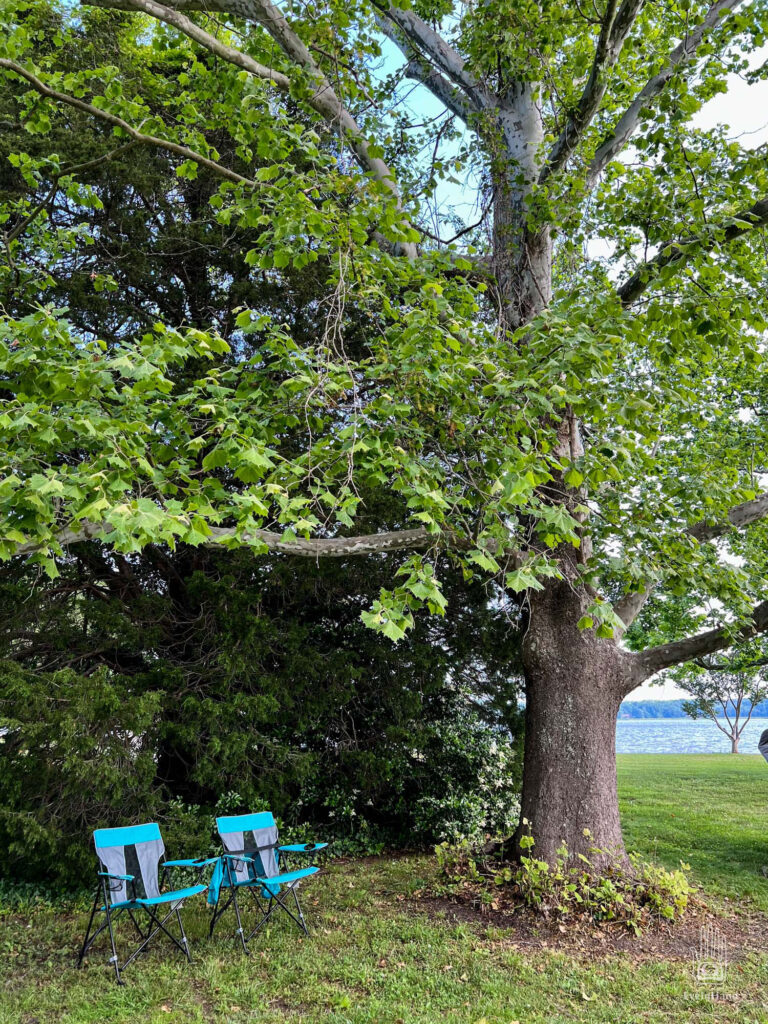
With whitecaps on the Piankatank, there was no point launching the Melonseed, so we had a relaxing afternoon strolling the waterfront and exploring the farm.

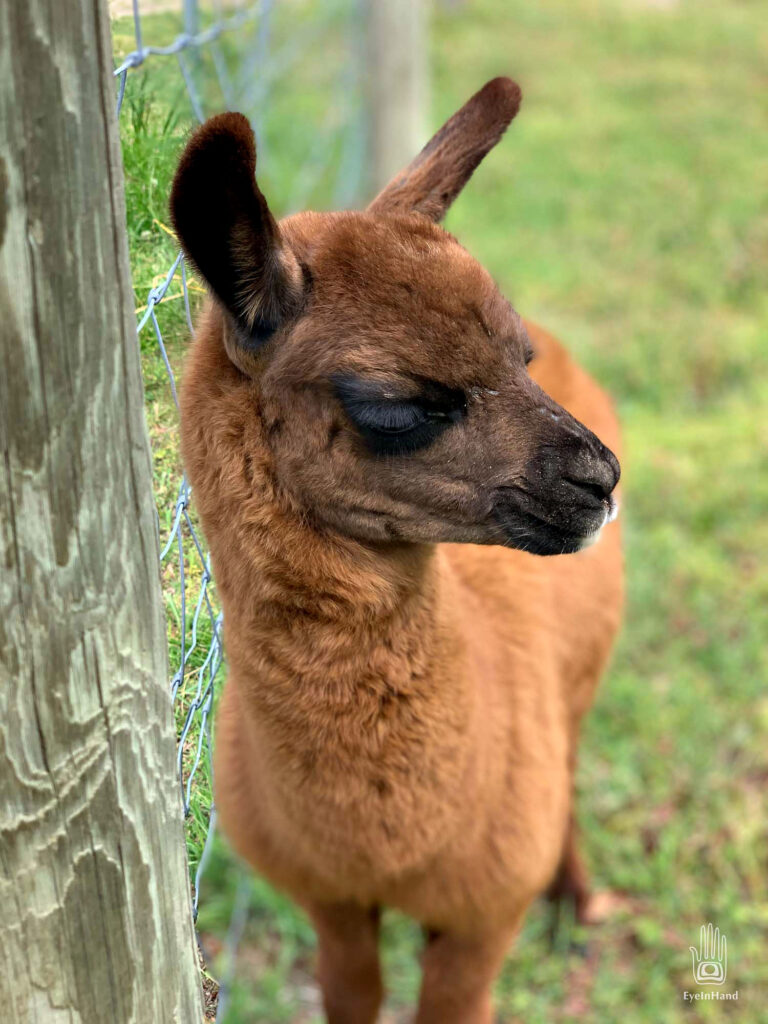
The Old Bay Club two day event flowed into this one, and boats sailed up in scattered pairs through the day. We caught lines and helped with docking and hauling out, catching up with old friends. Some chose to spend another night out on the water in various coves and creeks, so arrivals stretched through morning of the next day. All came in telling their own version of adventures, encounters with wind and watermen over the past 48 hours, tired but exhilarated. And happy to be back on solid ground.
While the first sailors got settled and walked off their sea legs, T and I splurged on a seafood dinner at a favorite restaurant nearby. The wind had settled some, enough that a table by the water was welcome.
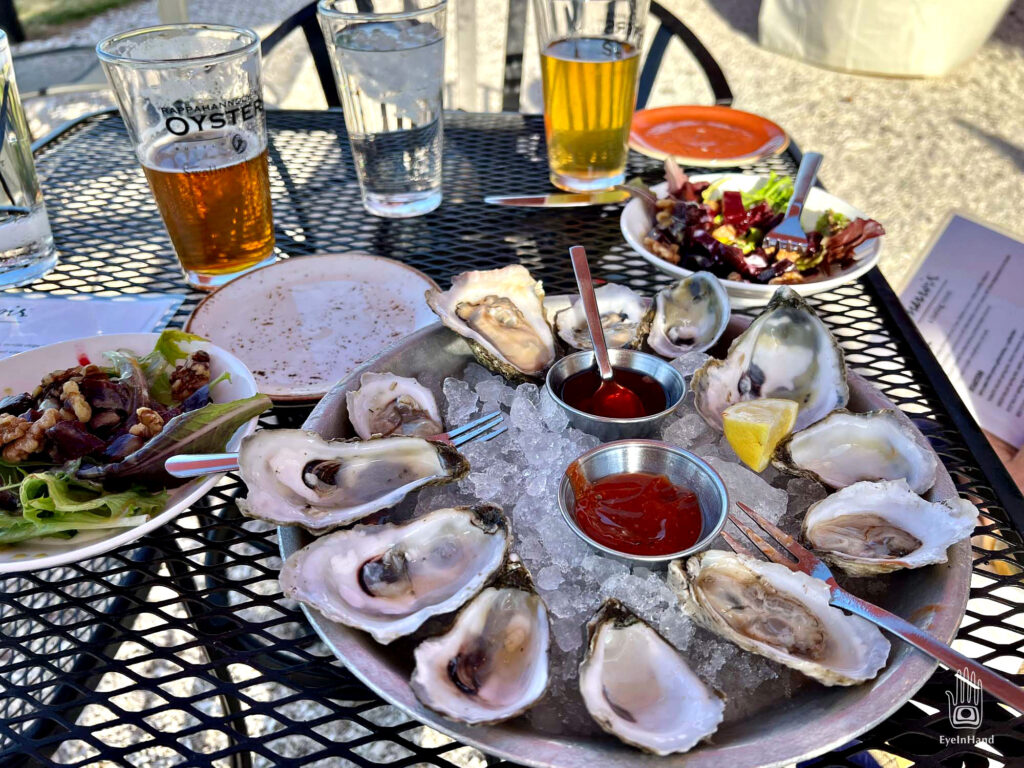
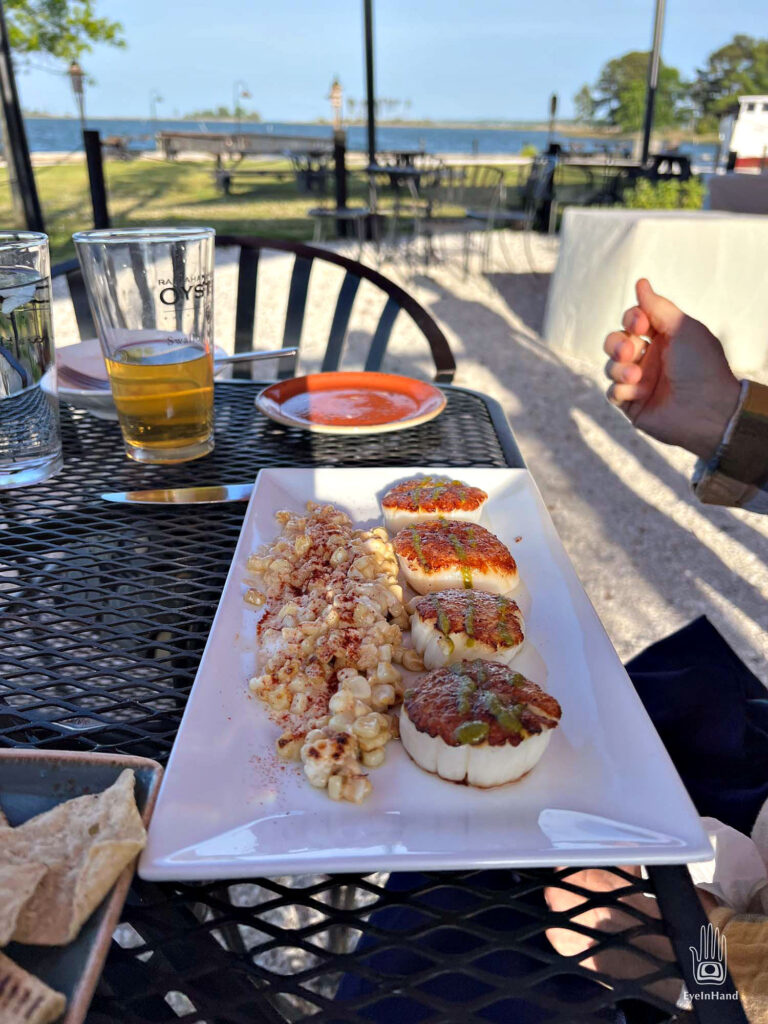
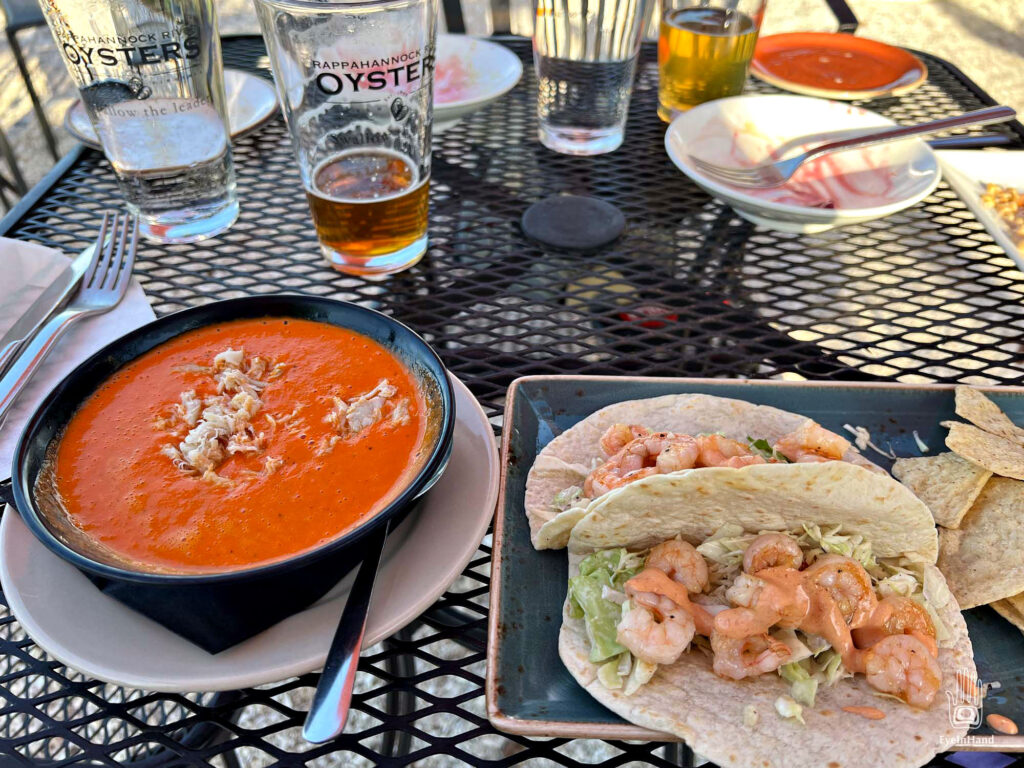
After dinner, our small group at the landing got a tour of the old Steamboat Office. This site was one of hundreds of steamboat landings that lined the Bay for over a century. Our Old Bay Club is named for the Chesapeake crab seasoning, which is named for the Old Bay Steamship Line, which served the region where it became famous.

Inside the foyer of the Steamboat Era Museum in Irvington, VA, 200 small white lights illuminate a map of the Chesapeake Bay. Together, they trace a…
Source: Steamboats engineered change along the Chesapeake
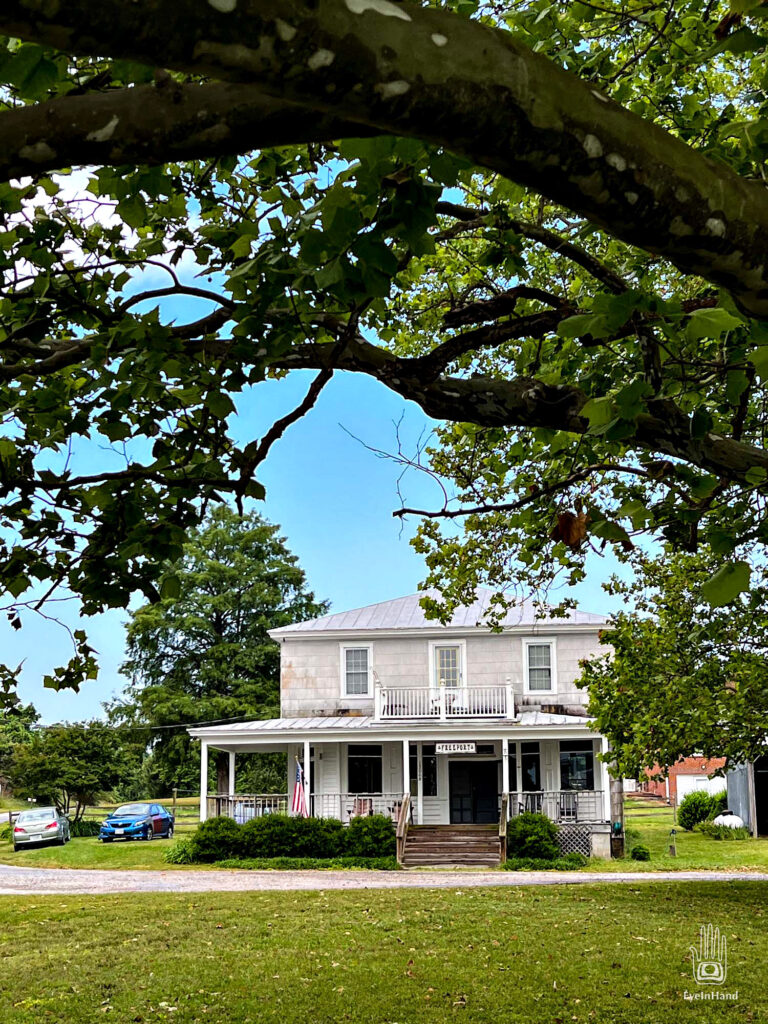
The last steamboat stopped at these docks in the 1930s. This old building, in the same family since before the Civil War, served as both steamboat office and general store. The owner, our host for the weekend, showed us around the mostly intact interior, and shared some of the history.
Thoroughly educated and well traveled, he spent a lifetime as an avid hunter. The shelves are lined with trophies and classic sporting gear, animal hides for rugs, a collection of vintage fishing lures, old photos, and antique farming implements. It’s an impressive display.
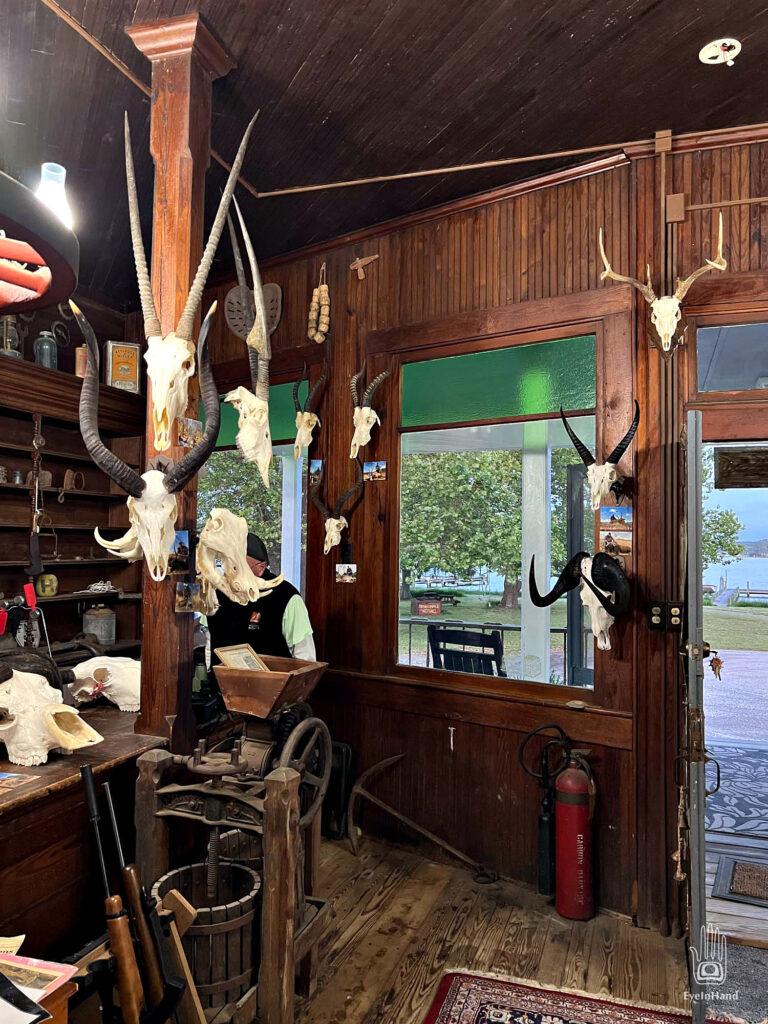
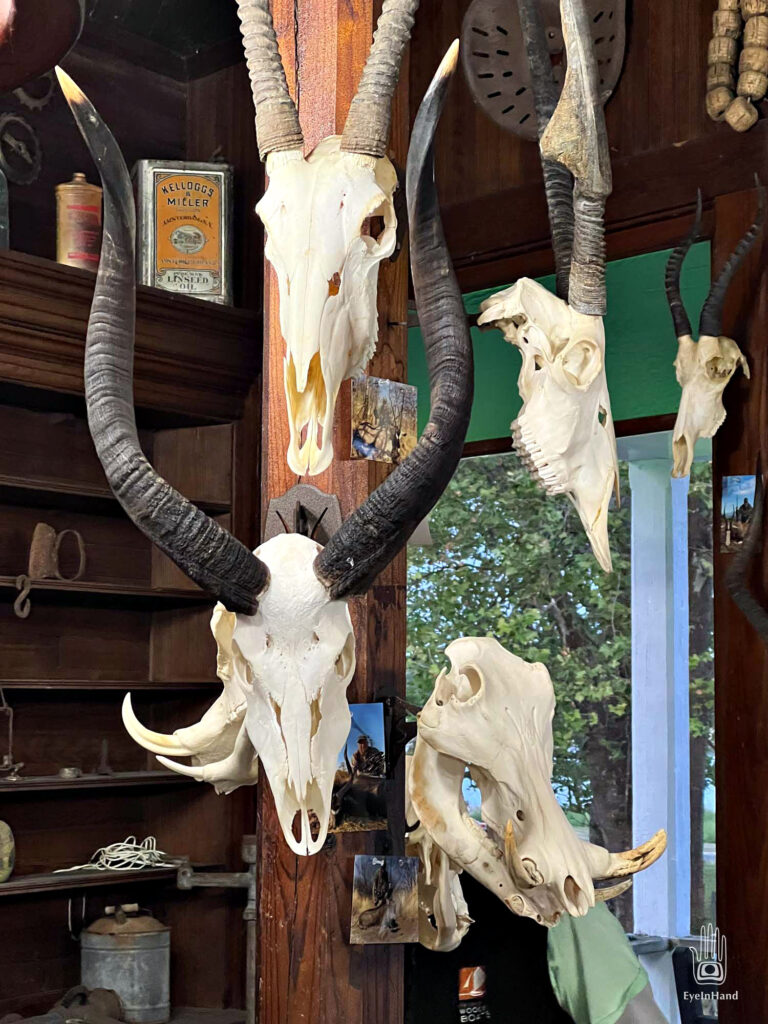
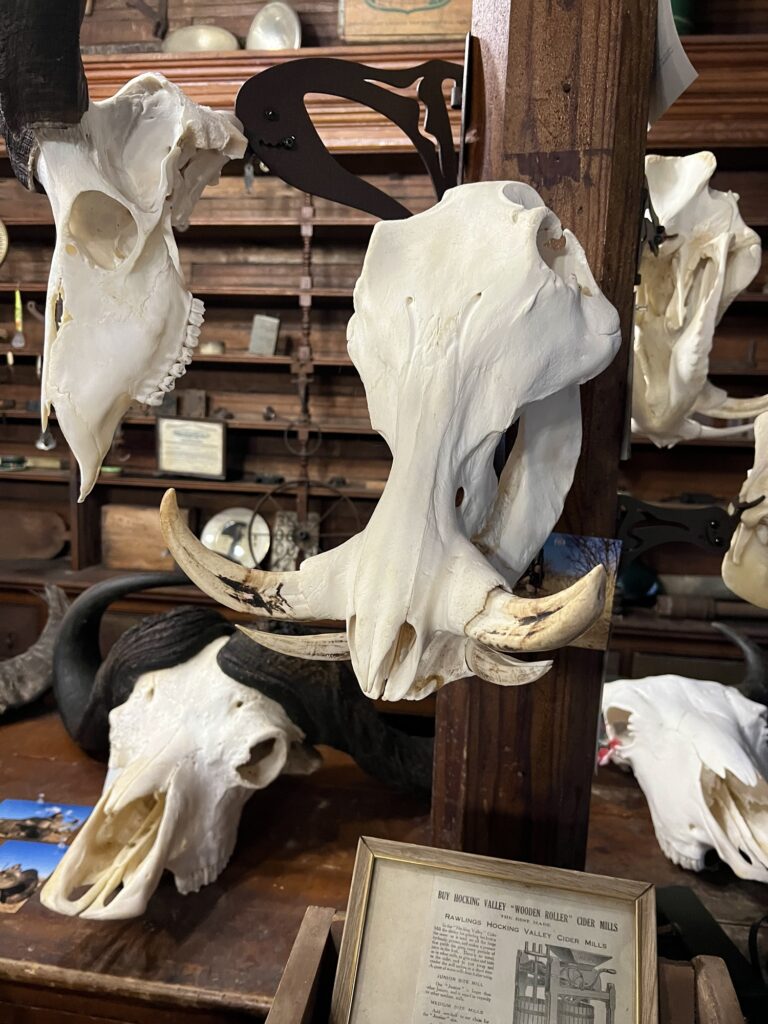
With only four of us camping that night, we turned in early and slept well, despite wind thrashing the tent until almost dawn.
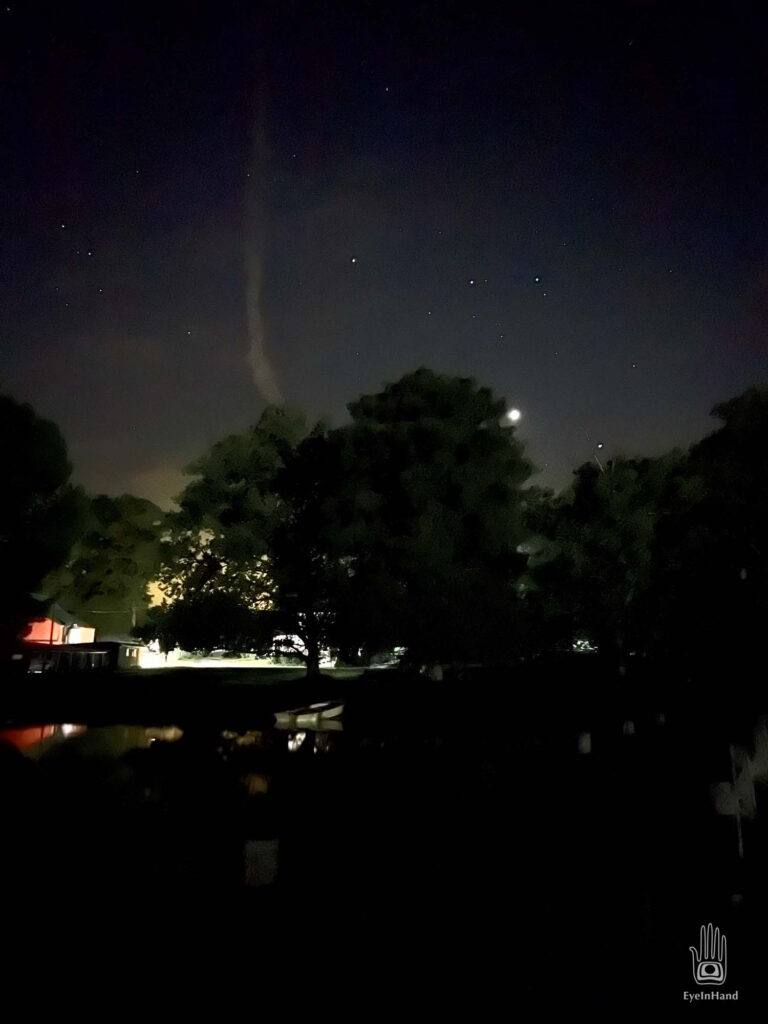

Old steamboat office in Freeport, Virginia.

The tiny Wool Sower Wasp stings a fresh young stem and deposits her eggs. The developing eggs use chemicals like hormones to stimulate the tree to produce a very specific growth structure that encases and protects the larvae. This growth is not a normal shape or color or texture of the tree – the growing parasites within the stem tell the tree to do this, and how to do it.
If you open the gall, the larvae look like seeds packed side by side with fuzzy tails. The whole cycle takes two years to complete. Though strangely parasitic, it doesn’t hurt the trees.
Though the gall protects the young larvae from predators, and even pesticides, there are other parasitic wasps that have evolved special ovipositors that allow them to pierce the gall and deposit wasp eggs on the wasp larvae.
Even parasites have parasites.




